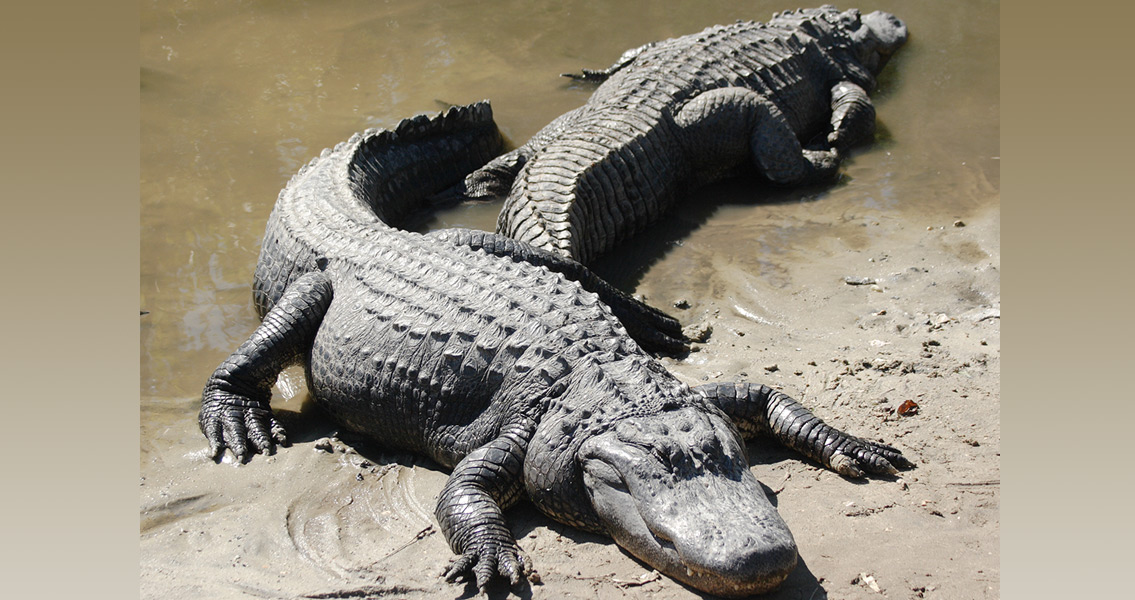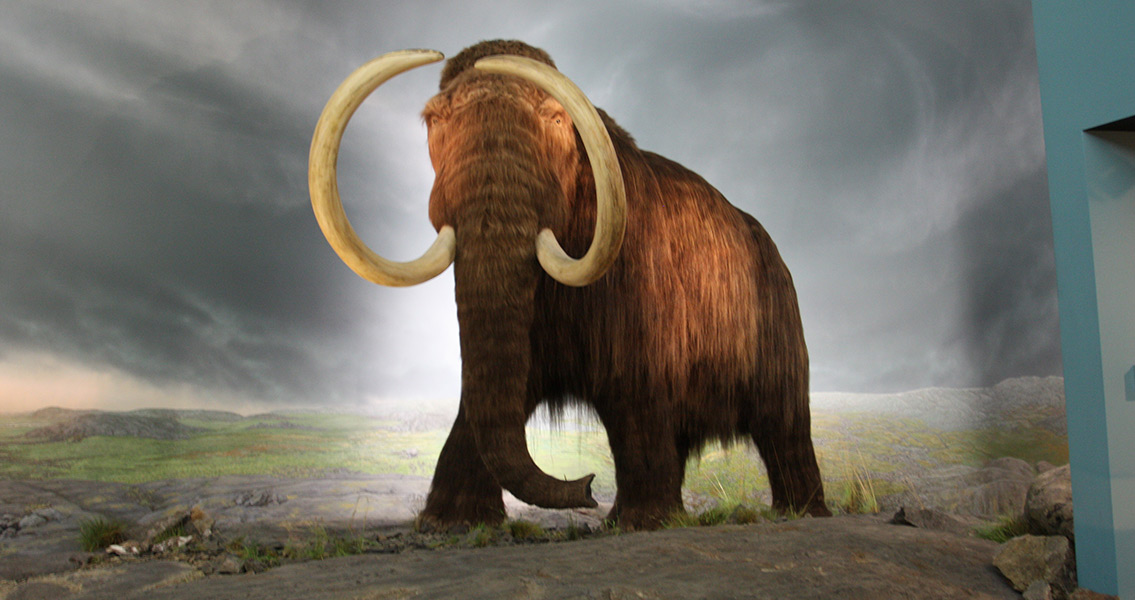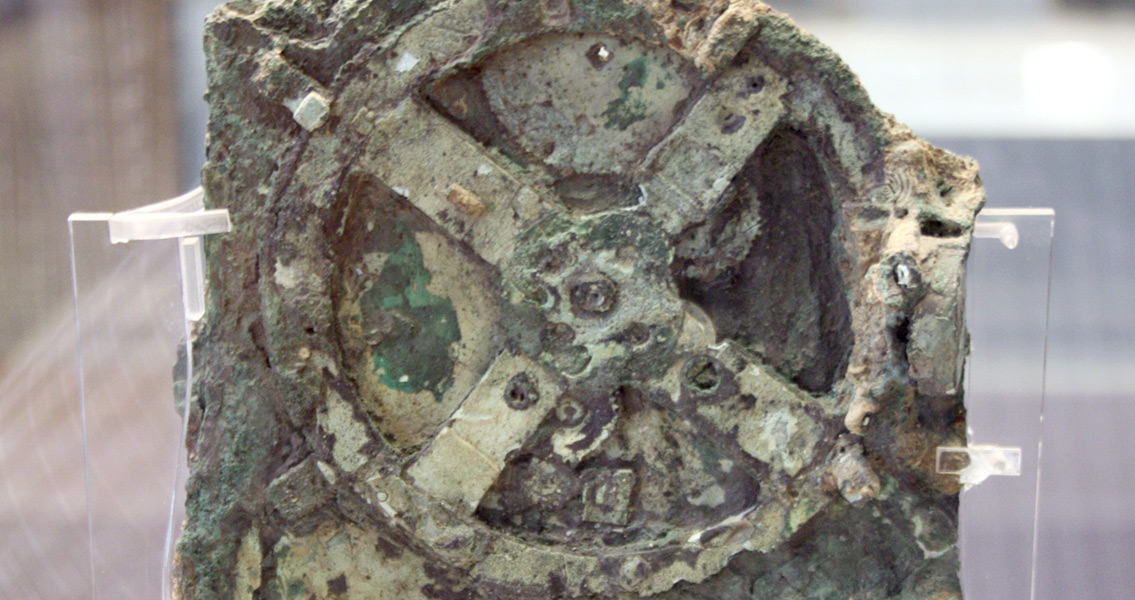Gavialosuchus americanus: the huge crocodile which once dominated the coastline of Florida but went extinct around 5 million years ago, and alligator fossils at a variety of locations indicated that the two species could have coexisted. Despite their adaptability and resilience, American alligators were nearly driven to extinction by hunting early in the twentieth century. The number of alligators left in the wild has significantly increased under The Endangered Species Act, and with a more comprehensive evolutionary history, conserving the habitats where alligators have been the dominate species for millions of years may be more effective. “The same traits that allowed alligators to remain virtually the same through numerous environmental changes over millions of years can become a bit of a problem when they try to adapt to humans,” Whiting is quoted as saying in the statement, “Their adaptive nature is why we have alligators in swimming pools or crawling around golf courses.” Although modern alligators do appear prehistoric, the group they’re part of, Crocodylia, has been around for at least 84 million years, with a diverse line of ancestors that dates back to over 200 million years ago, as far as the Triassic. This research was published in the Journal of Herpetology and Palaeogeography, Palaeoclimatology, Palaeoecology. ]]>







